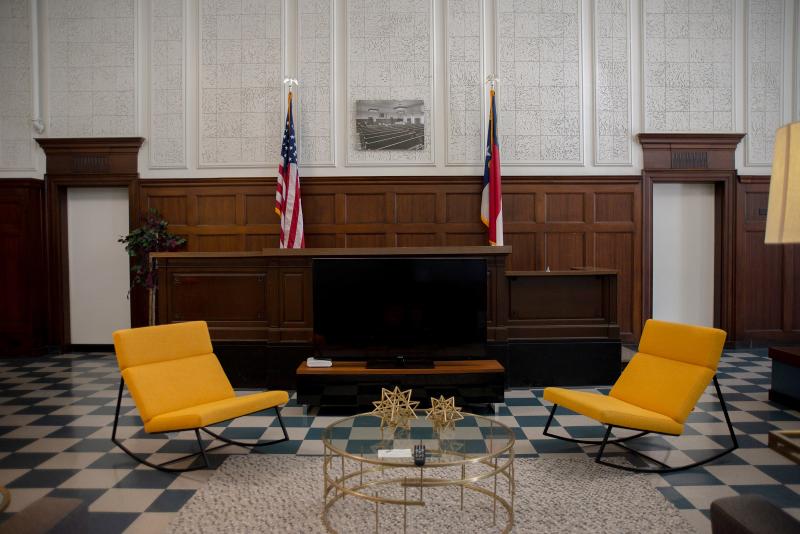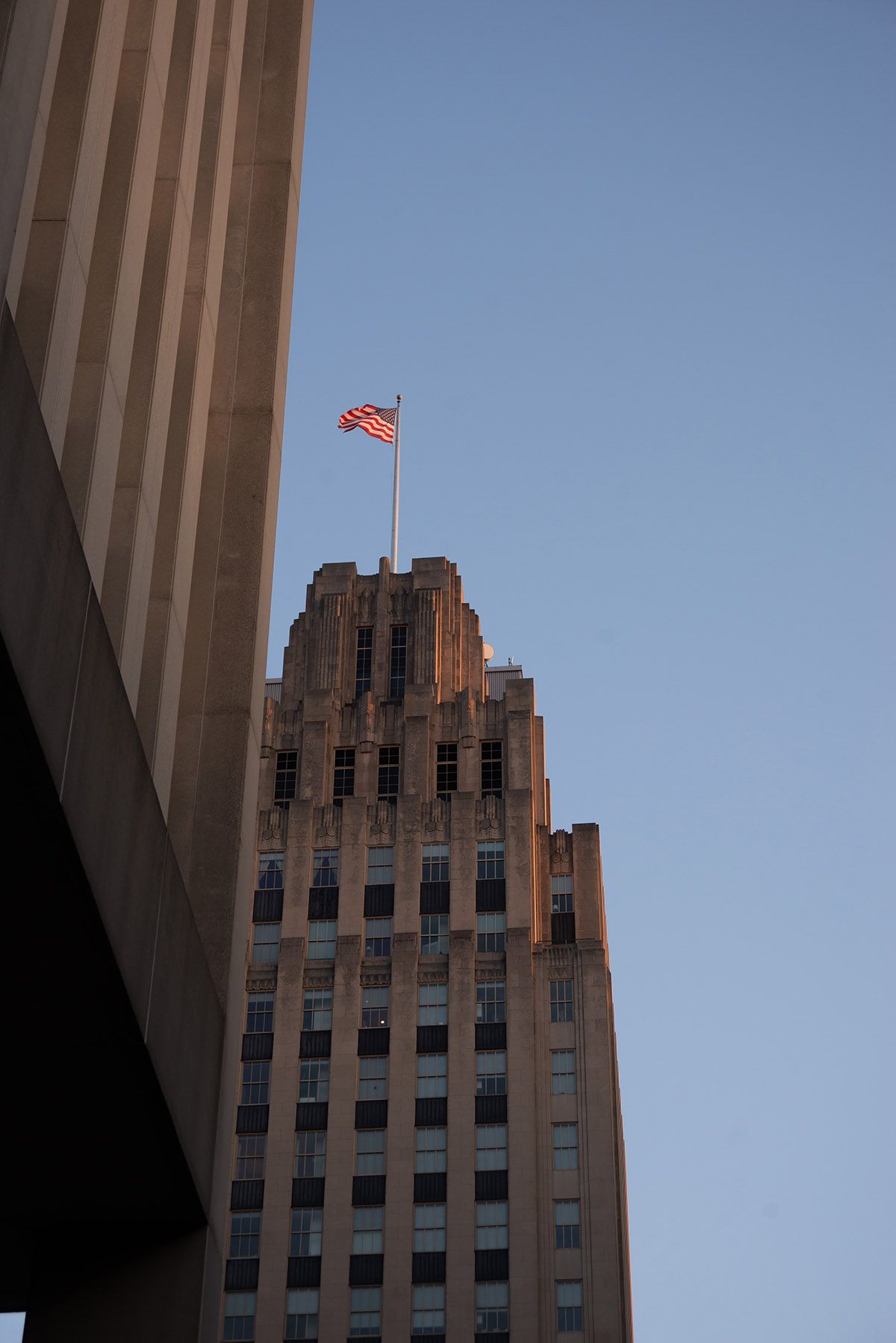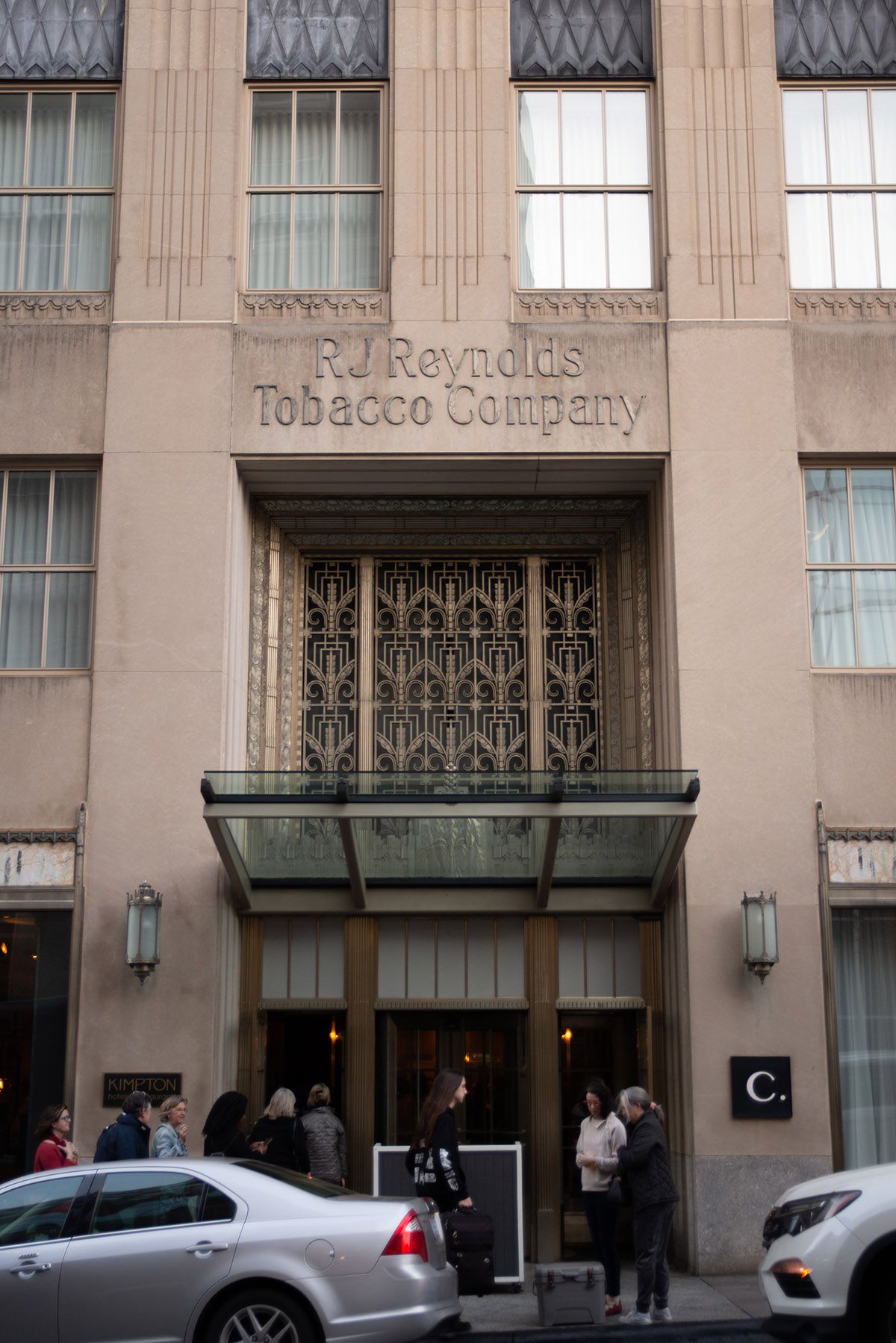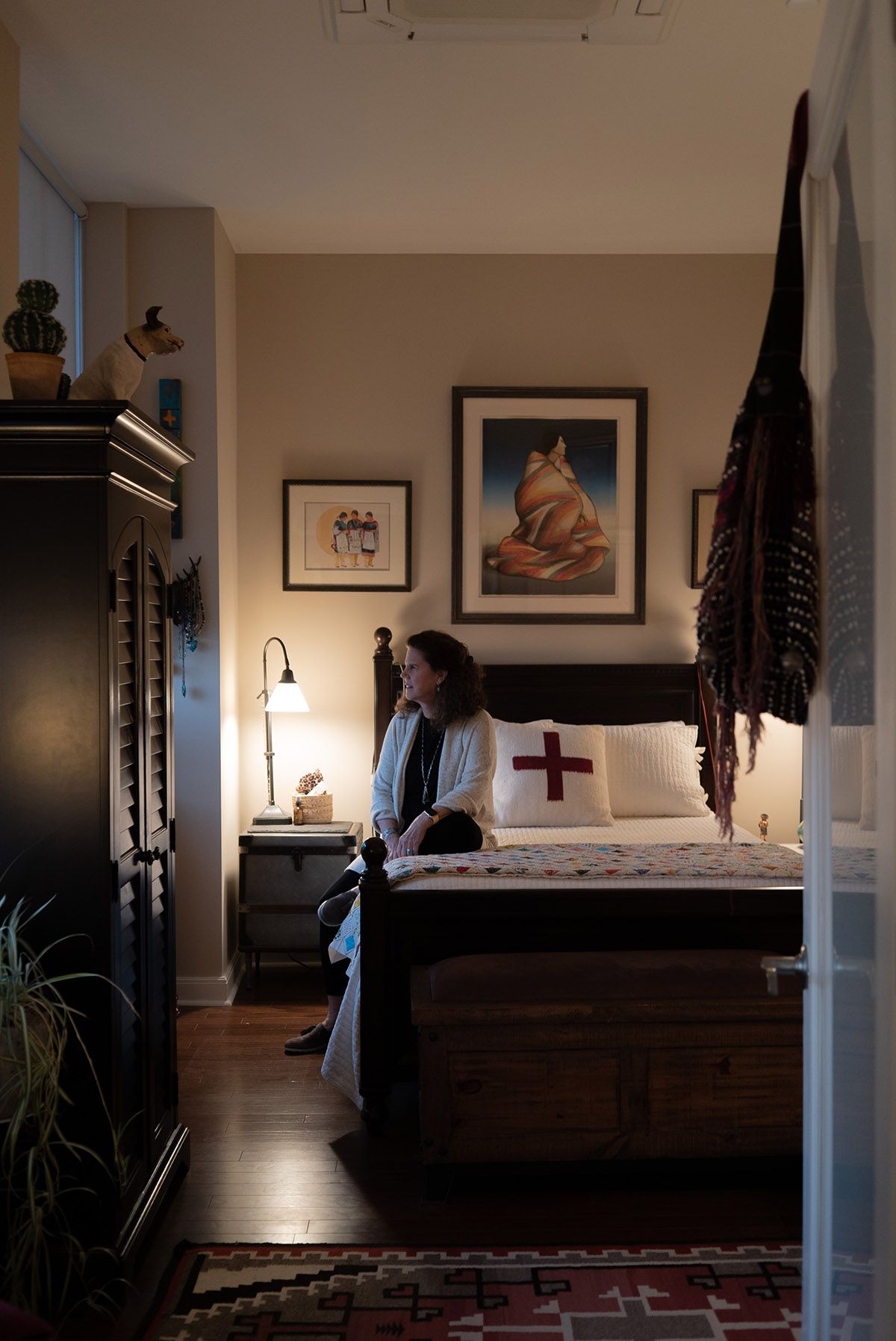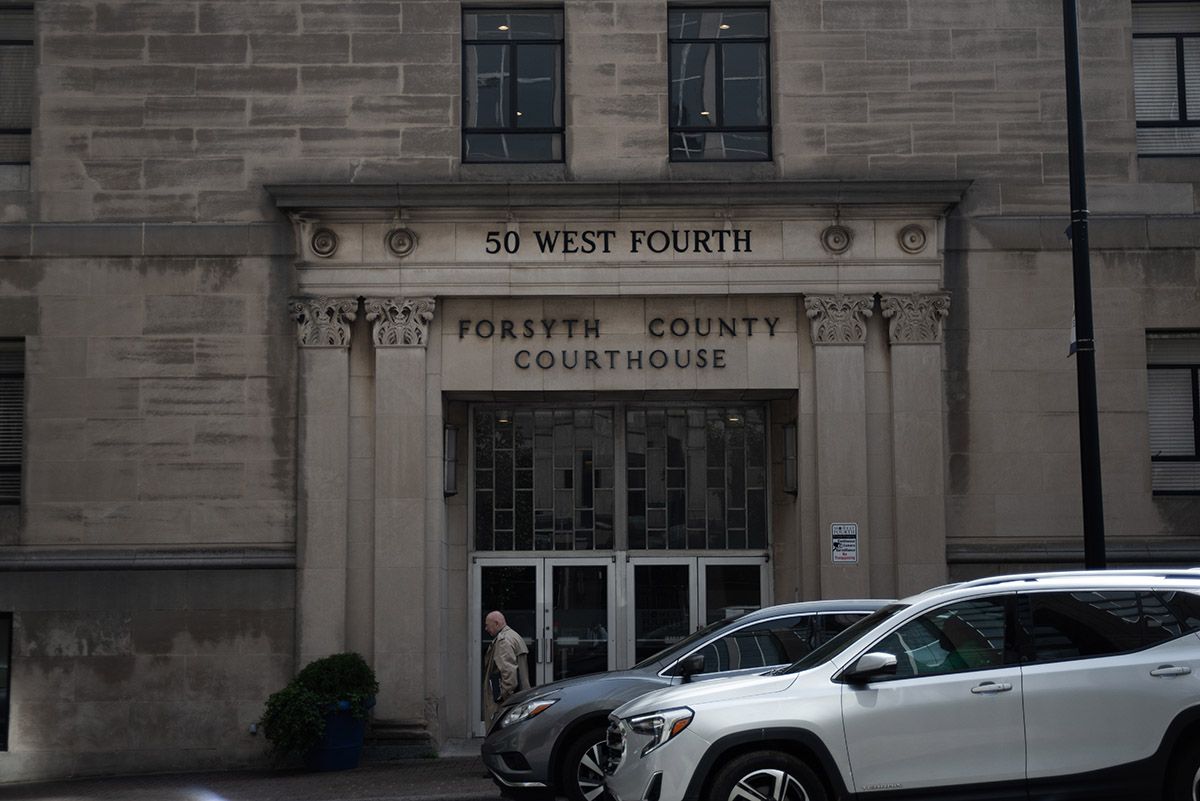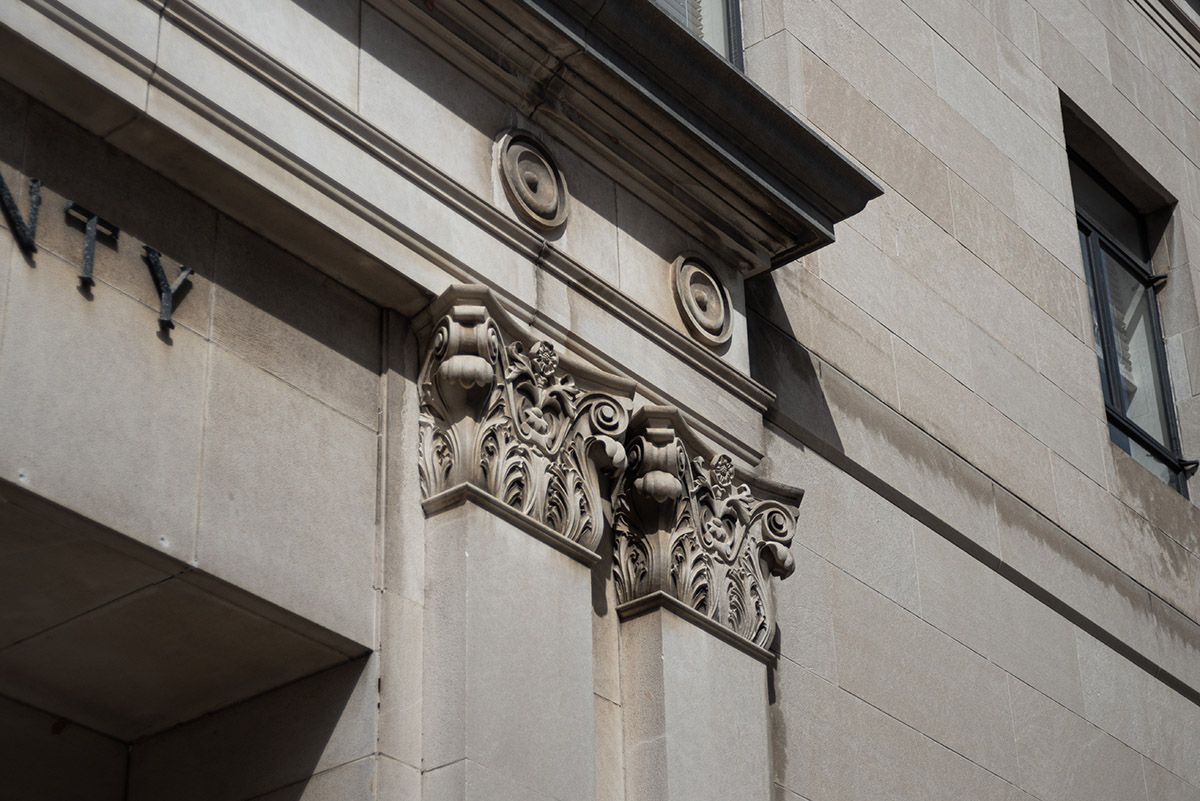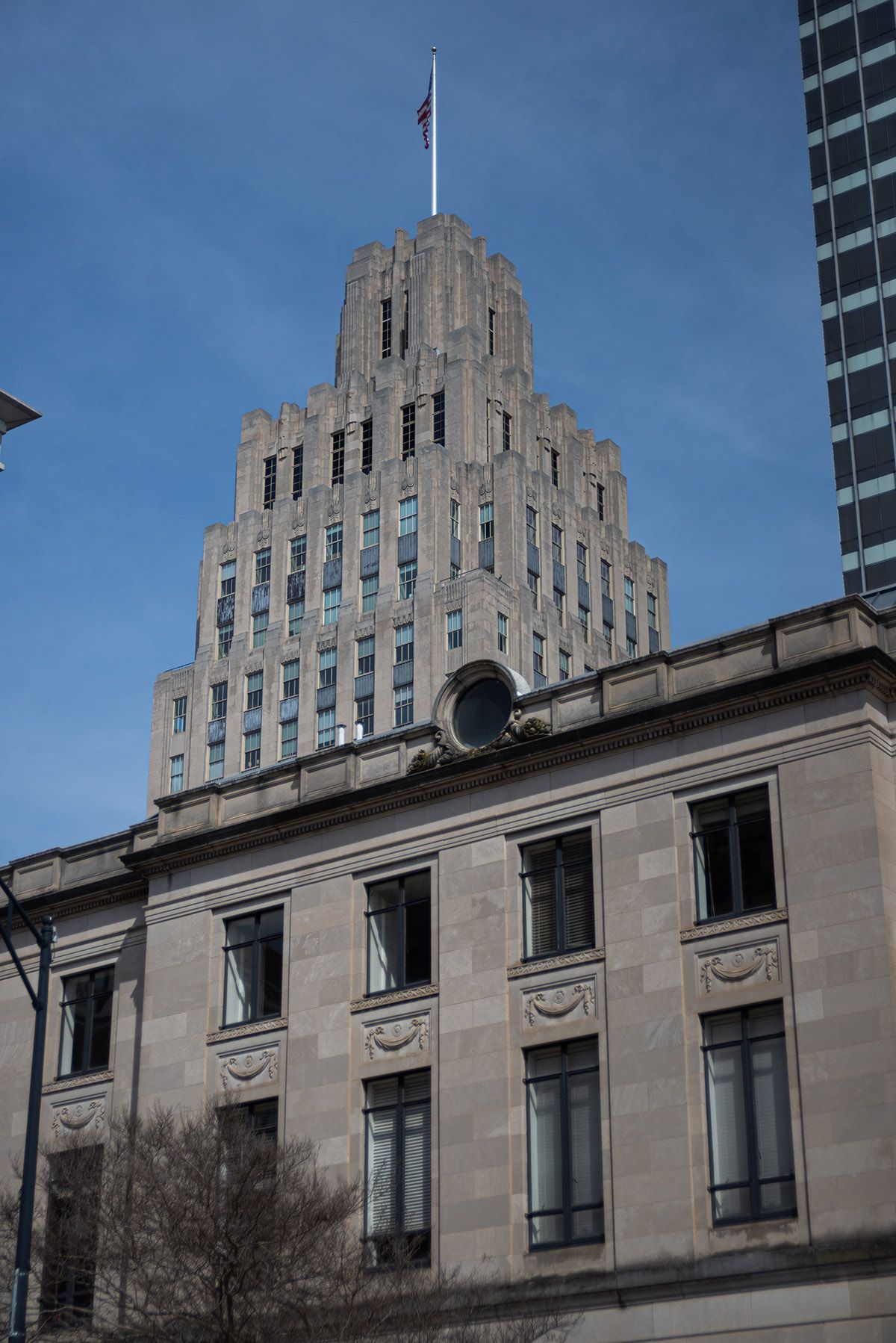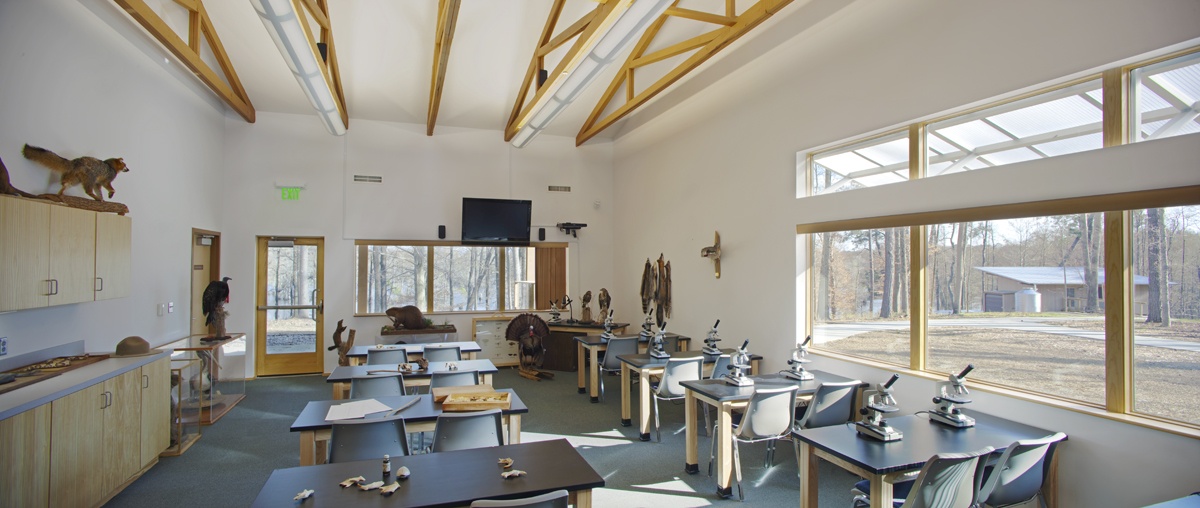Today’s edition of The Assembly, the online magazine that covers North Carolina from the mountains to the coast, is leading with a feature I wrote on the trend of coverting offices to condominiums and apartments. It’s a national trend, but cities like Winston-Salem, Greensboro, and Charlotte are way ahead of the curve. A+A is pleased to re-post the first few pargraphs of the story here, with a link to the entire 2,500-word piece at its end:
By J. Michael Welton
For decades, an office tower at Fourth and Main in downtown Winston-Salem was the headquarters for the R.J. Reynolds Tobacco Company. Built in 1929, the art deco beauty was designed by the New York firm of Shreve & Lamb, and served as inspiration for its Empire State Building.
By 2013, Reynolds had moved out. But the building found new life and identity when PMC Property Group and Kimpton Hotels & Restaurants bought it for $7.8 million.
The partners spent another $60 million to convert it, opening the Kimpton Cardinal Hotel in 2015 on the first six floors, with 174 rooms and 36 suites. The next year, The Residences @ the R.J. Reynolds Building debuted with 116 one- and two-bedroom apartments on the seventh through 19th floors. The Katharine Brasserie & Bar opened on the ground floor later that year as well.
Retiree Cathy Howe sold her three-bedroom suburban home four years ago and moved into a one-bedroom apartment on the 15th floor. She’d spent much of her career traveling and staying in hotels for three weeks at a stretch. “I remember saying to myself: ‘I could live in a hotel—this is pretty cool!’” she told The Assembly. “And now I do.”
She moved in not because it was once an office building but because it’s a vintage building, with a lot going on in and around it. The symphony is two blocks away, the library just a little farther, and on a clear day she can see the outline of Grandfather Mountain on the horizon.
Then there’s the architecture itself: the grandeur of the 1920s lobby, its heavy brass revolving door, and an elevator that sometimes holds surprises. “I got in it with [University of North Carolina basketball star] Armando Bacot the other day,” she said. “It was obvious he was a UNC student, but I didn’t know who he was, so I took a selfie with him and sent it to my daughter. She had to tell me who he was.”
The Reynolds Building is just one early North Carolina success story of converting older office space to residences. The trend has accelerated in recent years, as business tenants flock to newer, amenity-rich buildings. That leaves older spaces pining for occupants.
The pandemic exacerbated the shift, as employees began working from home and many never went back. Layoffs in recent months, especially in the technology sector, also add to vacancies.
At the same time, a shortage of housing in North Carolina’s high-growth cities has driven up both rent and home prices.
These trends work in favor of converting offices to residences. But it’s not as easy as it sounds. Apartments and condos typically aren’t as profitable for developers as offices. And many office buildings are difficult to adapt. Some members of Congress have proposed tax credits that would incentivize developers to transform easier-to-convert older office buildings into residential spaces.
For more, go here.


